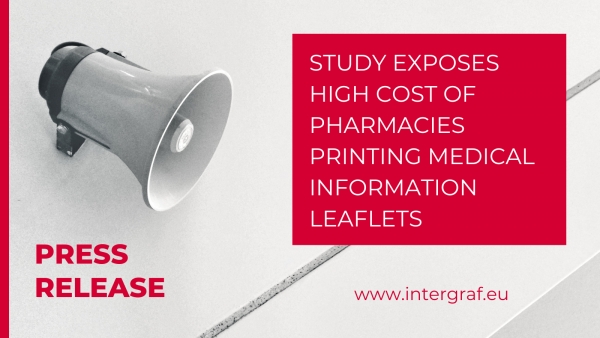12 January 2009
The dirty issue of contaminated rags and gloves
Rags, wipes and other materials used during maintenance and cleaning can potentially become contaminated by solvents and other chemicals during their use. This has significant ramifications when it comes to their disposal as depending upon the chemicals involved they may be classed as hazardous waste and entail special storage, handling and waste carrier and treatment requirements under the Hazardous Waste Regulations 2005.
If used and potentially contaminated rags and other paraphernalia such as used gloves are not effectively segregated for disposal but are placed in a container with other waste, then all the waste stored in the same container may then be classed as having been contaminated and must therefore be disposed of as such.
Although the volume of soiled rags, wipes, gloves and other such things may be relatively small in many operations, the issue of cross-contamination of other waste streams through inadequate segregation is a significant and widespread issue. The consequences of failing to comply with the legislative requirements of the UK waste regulations can result prosecution by the Environment Agency.
To ensure you are handling your waste rags and wipes effectively there a few simple steps you can take the first of which is contacting your waste contractors and checking that they are licensed registered waste carriers that are disposing of your waste at an appropriately licensed facility. You should check that all waste is correctly labelled and records on types and volumes of waste are correct with all relevant documentation such as waste transfer notes are in order and retained for the appropriate periods. Ensuring a waste management system is in place and working effectively is essential and should facilitate legislative compliance and help increase efficiency and reduce waste costs.
Many organisations recycle or launder their soiled rags which means that if undertaken correctly, a contaminated rag never becomes classed as hazardous waste as it never actually becomes a waste throughout the use and wash cycle. This exemption is only valid if the rags are handled in the correct manner at all times and are laundered via a licensed contractor. Ensure by checking with your contractor that all required licenses are held and valid and that you are handling and storing the materials correctly onsite to adhere to all Environmental and Health and Safety legislation. Common poor practice in handling and storage include holes in or inadequate sealing of storage containers or excessive liquid waste. With flammable wastes such as oily or solvent soaked rags ensure that all necessary fire prevention measures are undertaken.
Practical measures you can take to ensure effective contaminated materials disposal include providing specific protocols and training for all staff and contractors and providing guidance such as informative posters for instruction on the correct disposal of contaminated wipes, gloves and other materials.
Consider what chemicals are currently being used and assess whether they could be substituted for less harmful alternatives.
Use dosing equipment such as automatic or hand pump dispensers to dispense the required amount of chemical to avoid excessive consumption and reduce clean ups.
Ensure receptacles for waste are clearly labelled and located and positioned for ease of use where they are required.
Ensure waste ready for collection is adequately secured and stored in line with all relevant legislation for environmental protection, such as bunding, and Health and Safety, such as fire risk minimisation.
 Intergraf Economic News (Paper Prices) - March 2024
Intergraf Economic News (Paper Prices) - March 2024
18 March 2024
Access the latest edition of the Economic Newsletter for the European Printing Industry for data on paper consumption, and pricing data for pulp, paper and recovered paper. Data for packaging papers and board is also available with this edition.
 STUDY EXPOSES HIGH COST OF PHARMACIES PRINTING MEDICAL INFORMATION LEAFLETS
STUDY EXPOSES HIGH COST OF PHARMACIES PRINTING MEDICAL INFORMATION LEAFLETS
7 March 2024
Intergraf welcomes the release of a study by our partner MLPS (Medical Leaflet = Patient Safety), a subgroup of the European Carton Manufacturers Association (ECMA) shedding light on the potential economic costs associated with the proposed use of Print on Demand (PoD) leaflets in the pharmaceutical legislation revision.
The BPIF is the printing industries champion. By becoming a member you join a diverse and influential community. We help you solve business problems, connect you to new customers and suppliers and make your voice heard in government.
Call 01676 526030









